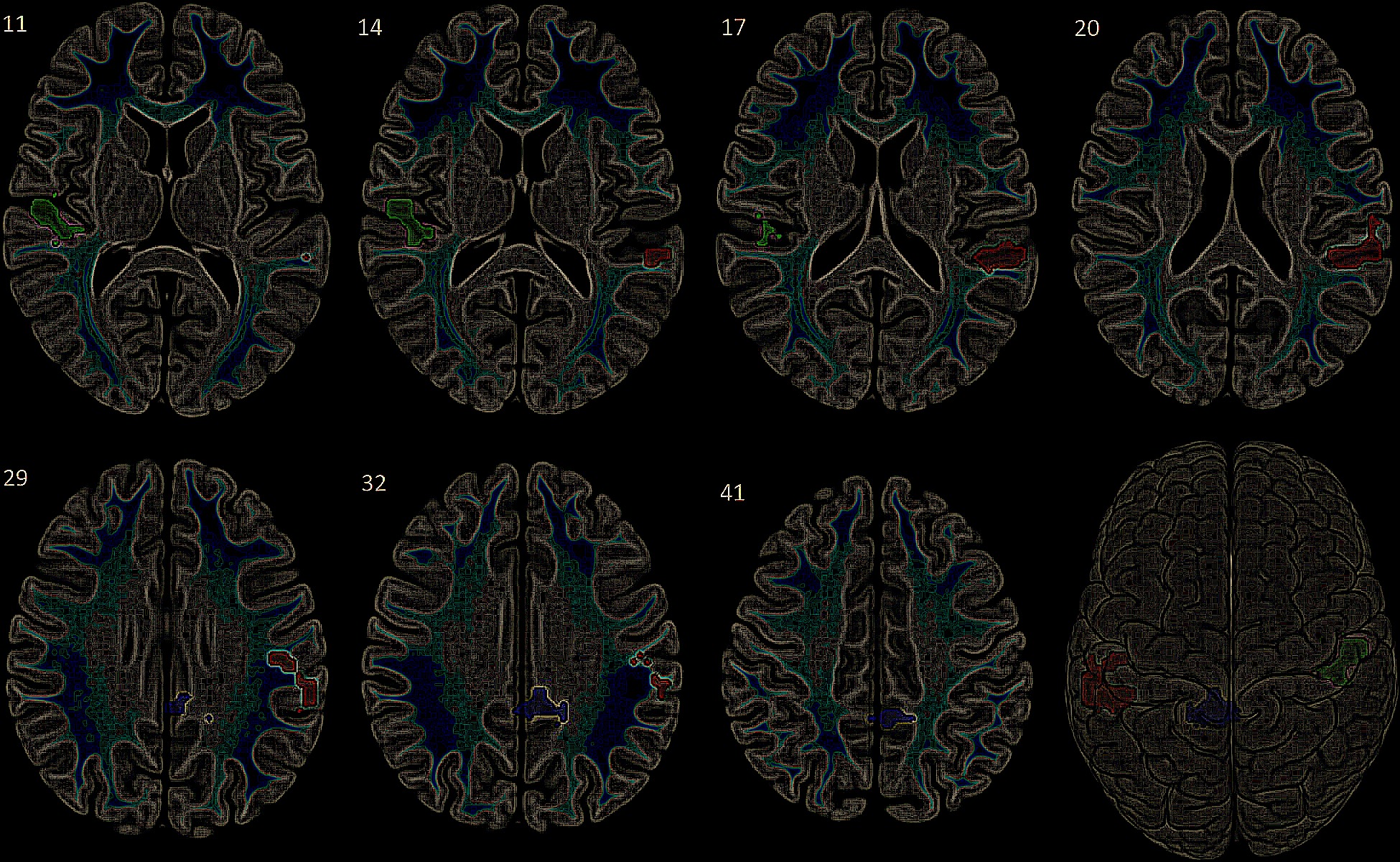Precision medicine aims to tailor therapy to individual genetic and physiological contexts. Integrating circadian biology requires:
- Chronotherapy: Delivering drugs at circadian phases aligned with target expression.
- Biomarker monitoring: Using melatonin onset, body temperature, or transcriptomic markers to define circadian state.
- Genomic diagnostics: Identifying circadian-linked ASD mutations (e.g., CHD8, PER2).
- Drug repurposing: Aligning existing drugs with circadian pharmacokinetics.
Candidate interventions include:
- CK1δ/ε inhibitors to restore PER protein turnover.
- REV-ERB agonists to enhance circadian amplitude and suppress excitatory hyperactivity.
- Subtype-specific GABAA modulators to reestablish inhibitory balance in ASD.
- CRISPR-based gene correction of SHANK3 or CHD8, timed with circadian peaks in DNA repair activity for higher editing efficiency.
Peter De Ceuster. (2026). Integrating Circadian Rhythm and Neurobiology in Precision Medicine: A Novel Approach for Treating Severe Autism Through the Exploration of Time Cells and Genetic Mechanisms
Excerpt from: Integrating Circadian Rhythm and Neurobiology in Precision Medicine: A Novel Approach for Treating Severe Autism Through the Exploration of Time Cells and Genetic Mechanisms by P. De Ceuster
© All rights reserved. Do not distribute. (Publication: Integrating Circadian Rhythm and Neurobiology in Precision Medicine: A Novel Approach for Treating Severe Autism Through the Exploration of Time Cells and Genetic Mechanisms)

